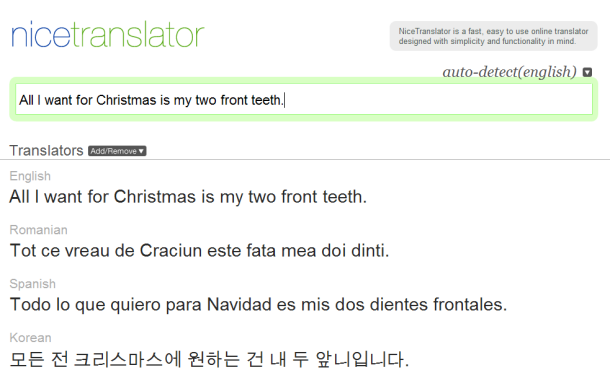Tips for Creating that Killer Brochure
Brochures are great marketing tools for either showcasing or getting the audience excited about your product or advertising ideas or future projects. There are lots of different tactics that designers use to create stunning and engaging brochures, all the way from effectively arranging your design elements to choosing the perfect typeface. If you’re out to design the perfect pamphlet or brochure for you product/service, this is the best place to get started before moving onto the final step of brochure printing.
Establish the Purpose of the Brochure
Before you begin any sort of work on your brochure, you will want to define the purpose of your brochure and use it as a guideline when designing. What do you intend for your brochure? What do you want it to do? What is the reader’s problem, and how are you going to solve it? You should spend a lot of time narrowing the purpose of your brochure before delving into any sort of work.
Choose Typefaces and Colour Choices Wisely
Once you’ve decided on a direction for your brochure, you should choose two-three typefaces that work harmoniously together. One typeface will dress headers, while the other one or two typeface(s) will take care of body text and any other relevant information. It’s a good rule of thumb to never exceed three typefaces to maintain consistency and simplicity.
Your colours should also be chosen wisely. Research colour theory and learn about colours that work well together. If you’re including your own brand, use your particular branding colours for the brochure to maintain relevance. Never go overboard with colours, or your brochure could appear as being abrasive or too busy.
As a rule of thumb, a great way to achieve simplicity is by using bolding and italics to emphasize the most major points of your brochure. Your reader’s eye will naturally guide itself to the most important parts of the brochure by employing this tactic.
Keep Things Simple
No matter what you decide to promote or which direction you decide to go in, be sure to keep things simple. Don’t overcrowd the brochure with too much nonsense or information; you can give them all the details later on after they’ve responded to the call to action. Your brochure should provide just enough content to visually engage the reader and leave them wanting to know more.
Only Use High Resolution Images
If you are going to include images in your brochure make sure that they are high quality and clear. There is not much that’s more unprofessional in a brochure than a pixelated or blurry image. High resolution images are aesthetically pleasing, and viewers can really get a good look at your product or service without having to scratch their head over lossy, confusing details.
Pay Extra for Superb Copywriting
For the text in your brochure, opt to hire a professional copywriter if you are not experienced with sales writing. Sure, you might have to pay extra for something you deem not worth it, but sales copywriters have experience with advertising products and persuading readers to buy them. You, on the other hand, may not know what steps to take to sell the product via a brochure. This could end up severely hurting your sales.
Does the Brochure Urge Action?
You’ve probably convinced the reader that your product or service is all the rage, but it’s imperative to urge them to take action at some point towards the end of the brochure, if not throughout. If you don’t provide a strong call to action, they will more than likely make the wrong decision by calling a competitor in an effort to purchase their product rather than yours. After all, they are probably going to most interested in how they can get the product the easiest; not who they get it from.
Make it Easy for the Audience to Respond
So, you’ve designed a great brochure, but is it easy for the readers to take action if they’re interested? For example, is it easy to quickly find the website or phone number to find out more about your product or service? If you can’t clearly show your reader where to go or what to do, your call to action means nothing. Use bolding and italics with your typefaces to help draw attention to contact information once you’ve advertised the product.
Print Professionally
Lastly, when it’s time to move onto brochure printing, be sure that you go with a high quality brochure printing service. Your design could be well put-together, but a poor quality brochure is enough to take away from your hard work. Be sure to go with sturdy and firm paper; never opt for basic office paper. Additionally, be sure that the company is familiar with CMYK printing so that your brochure looks just as good on paper as it does on the screen.

